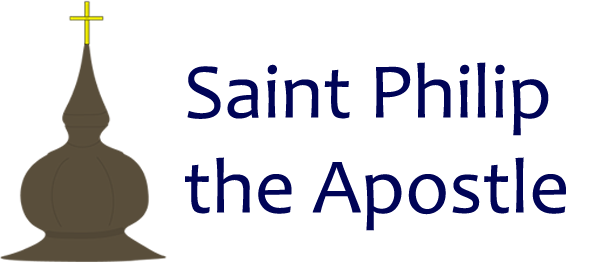Church History
St. Philip the Apostle, a Roman Catholic church in Ashford, was at the center of the small community of farmers here, most of them of Slovak descent. It was that community who helped to build St. Philip, literally with their own hands. Every day, as they went about their work in the fields, the farmers would set aside stones they found, and every weekend they shaped those into the walls of the church that still stands here.
According to articles published to commemorate the church’s 50th anniversary in 1987, the Diocese of Hartford, which then included eastern Connecticut, had sent a priest, William J. Dunn, to the new parish of St. Philip in 1921. The Rev. Dunn endured stones tossed through his windows and harassment from local Ku Klux Klansmen who did not want Catholics in the Yankee countryside.
For many years, he celebrated Masses in the same building in which he lived. In 1933, after donated services were secured from local engineers and the noted New York City architect Paul Chalfin, who had a summer home in Ashford, construction of the church began.
